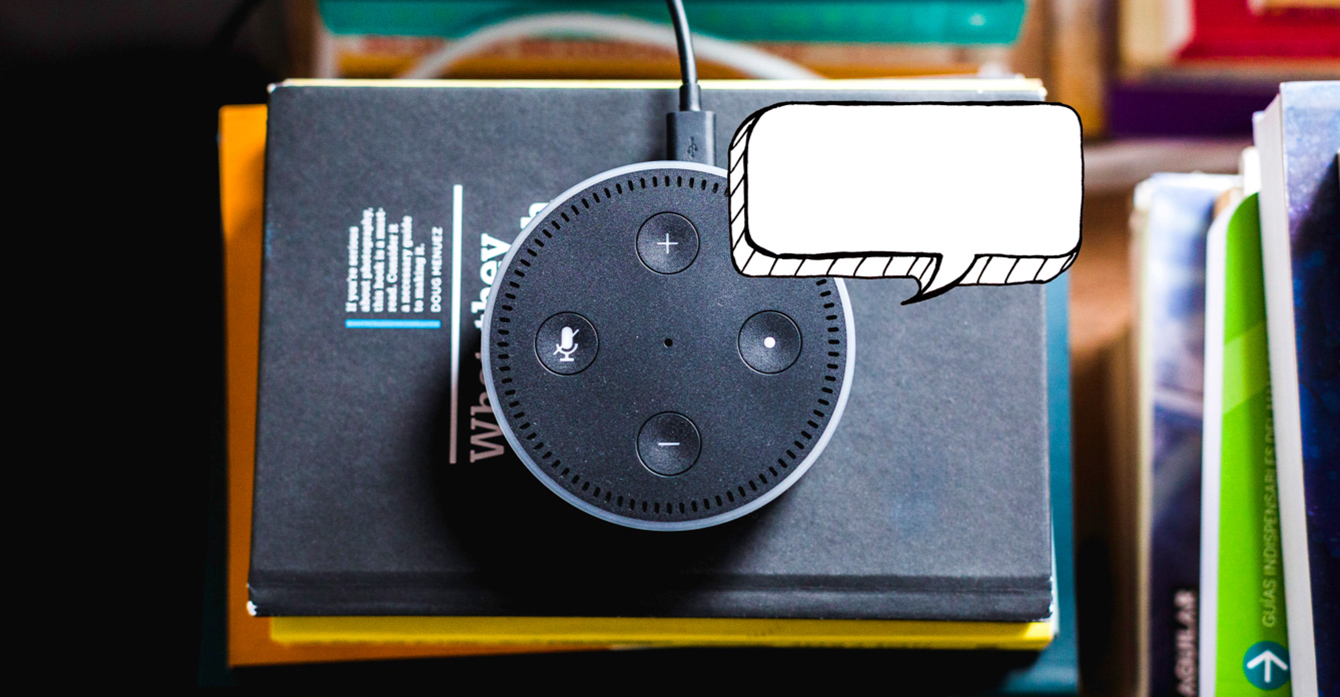The overwhelming flood of non-authoritative commercial COVID-19 information has drowned out critical messaging from public agencies whose mission is to inform the public with evidence-based information. Agencies whose mission has always been to reach mass audiences in a crisis are getting buried online.
Nos expertises
Vous souhaitez croître, vous moderniser, rester pertinent et ravir vos clients. Nous collaborons avec vous pour atteindre vos objectifs et créer un impact grâce à la transformation numérique de votre entreprise par l'IA.
back
Nos expertises- Expertises Expertises All Solutions
- Secteurs d’activités
-
Nos expertises
Vous souhaitez croître, vous moderniser, rester pertinent et ravir vos clients. Nous collaborons avec vous pour atteindre vos objectifs et créer un impact grâce à la transformation numérique de votre entreprise par l'IA.
-
-

Formations
Découvrez notre centre de formation
-


